Inside the Long-Abandoned British World War II Tunnels
Take a tour inside.
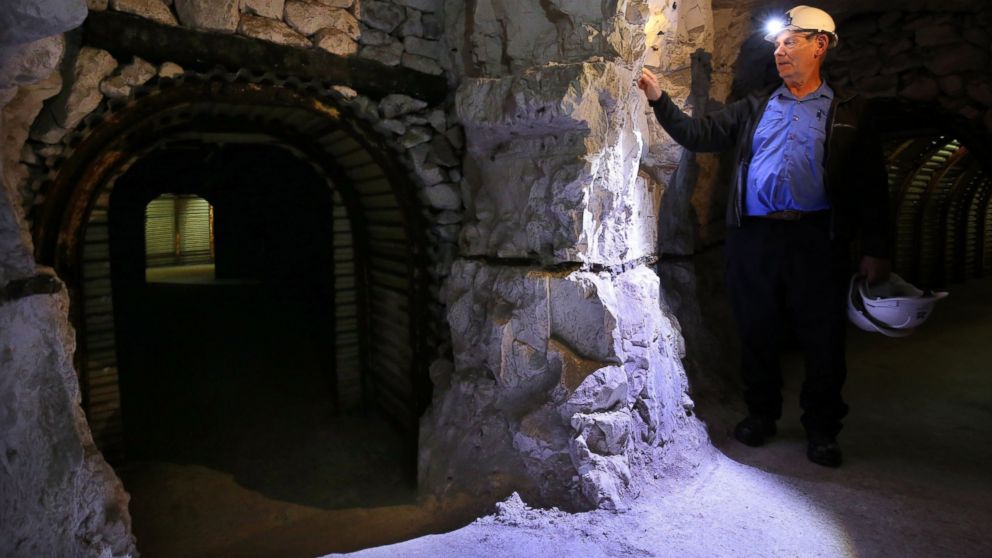
— -- A series of previously closed-off tunnels used during World War II that run along a part of England's coast have been excavated and reopened.
The tunnels, called the Fan Bay Shelter, were originally built in 1940 through 1941 and were used to house the defensive gun battery that was kept at the White Cliffs of Dover in the southeast corner of England, according to historic preservation group The National Trust.
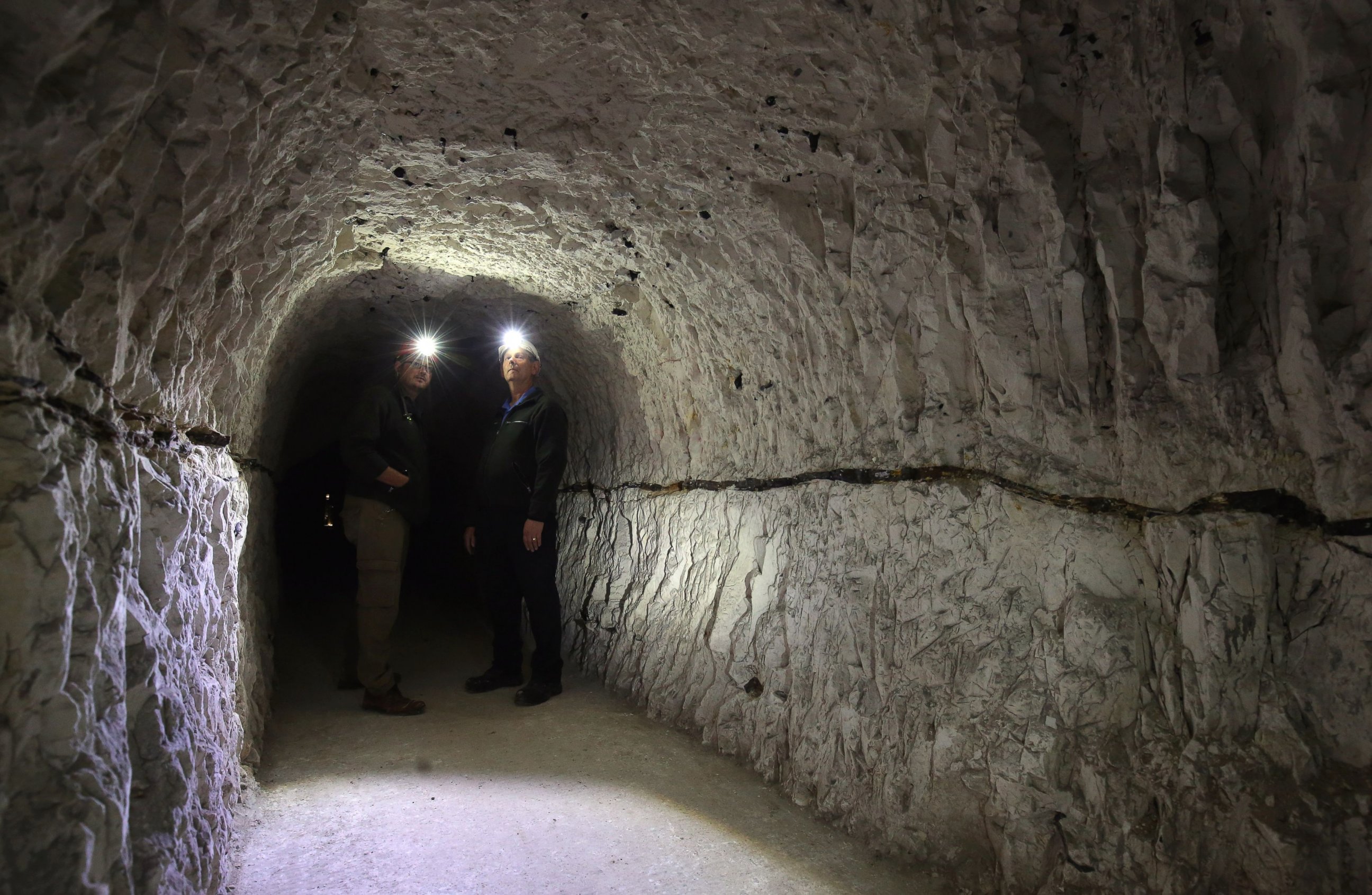
The batteries were located along the coast near the English Channel in order to stop German ships from having access to the waterway. The long-abandoned tunnels have been reopened to the public today after two years of work by a group of National Trust volunteers.
"This network of abandoned tunnels is virtually all that remains of these long forgotten defenses," the National Trust states on their website.
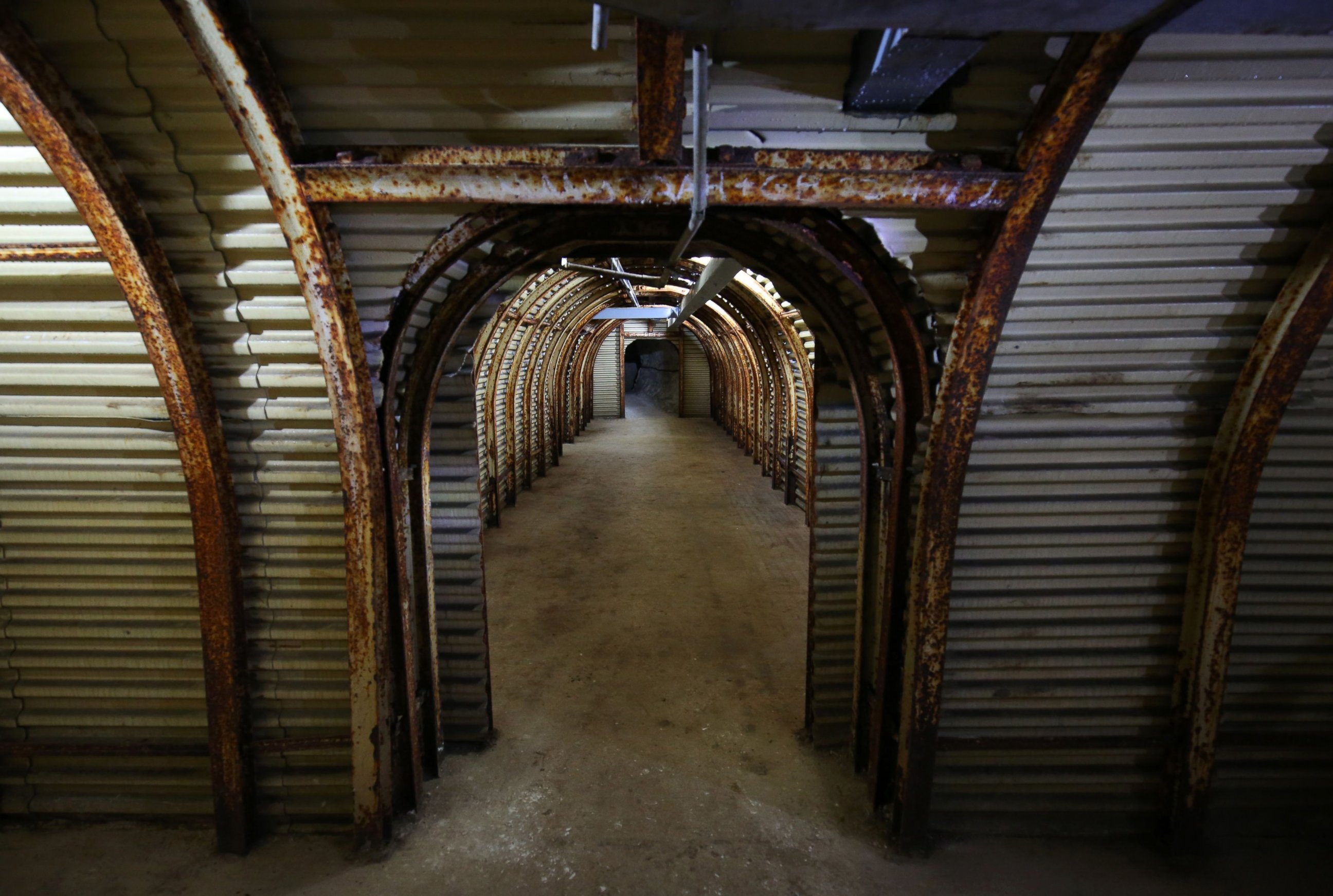
The shelter was built on the orders of Winston Churchill, who inspected them personally in the summer of 1941.
Graffiti believed to be the original work of soldiers can still be seen in the tunnels and some ammunition from the time was found inside during the excavation.
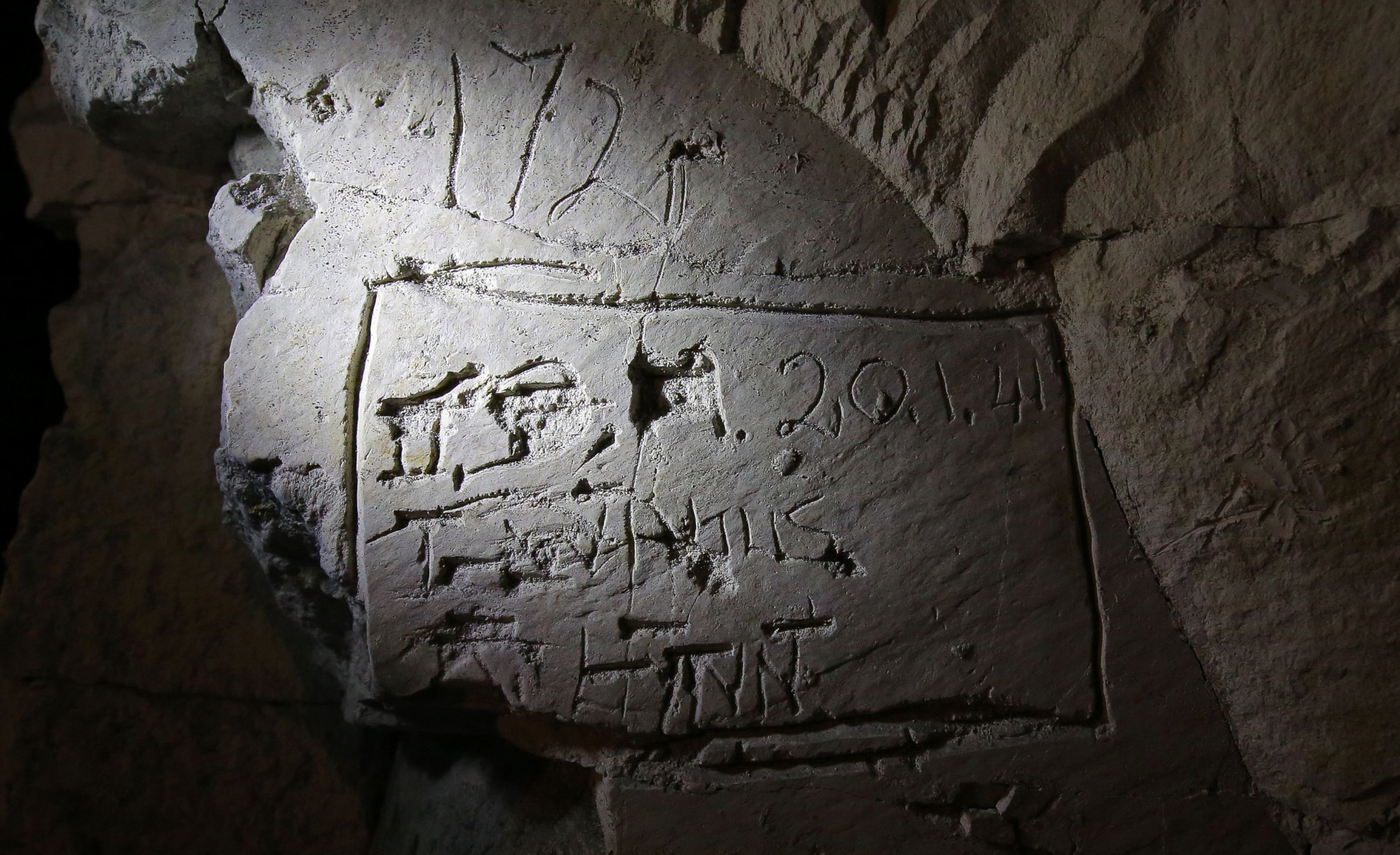
The series of tunnels was built into the region's distinct white chalk and includes five bomb proof chambers, a hospital, and shelter for nearly 190 soldiers.
The tunnels were decommissioned in 1950 and filled in, only to be excavated after the National Trust bought the land in 2012 and the volunteers have been working to bring it back to it's historic standing since.
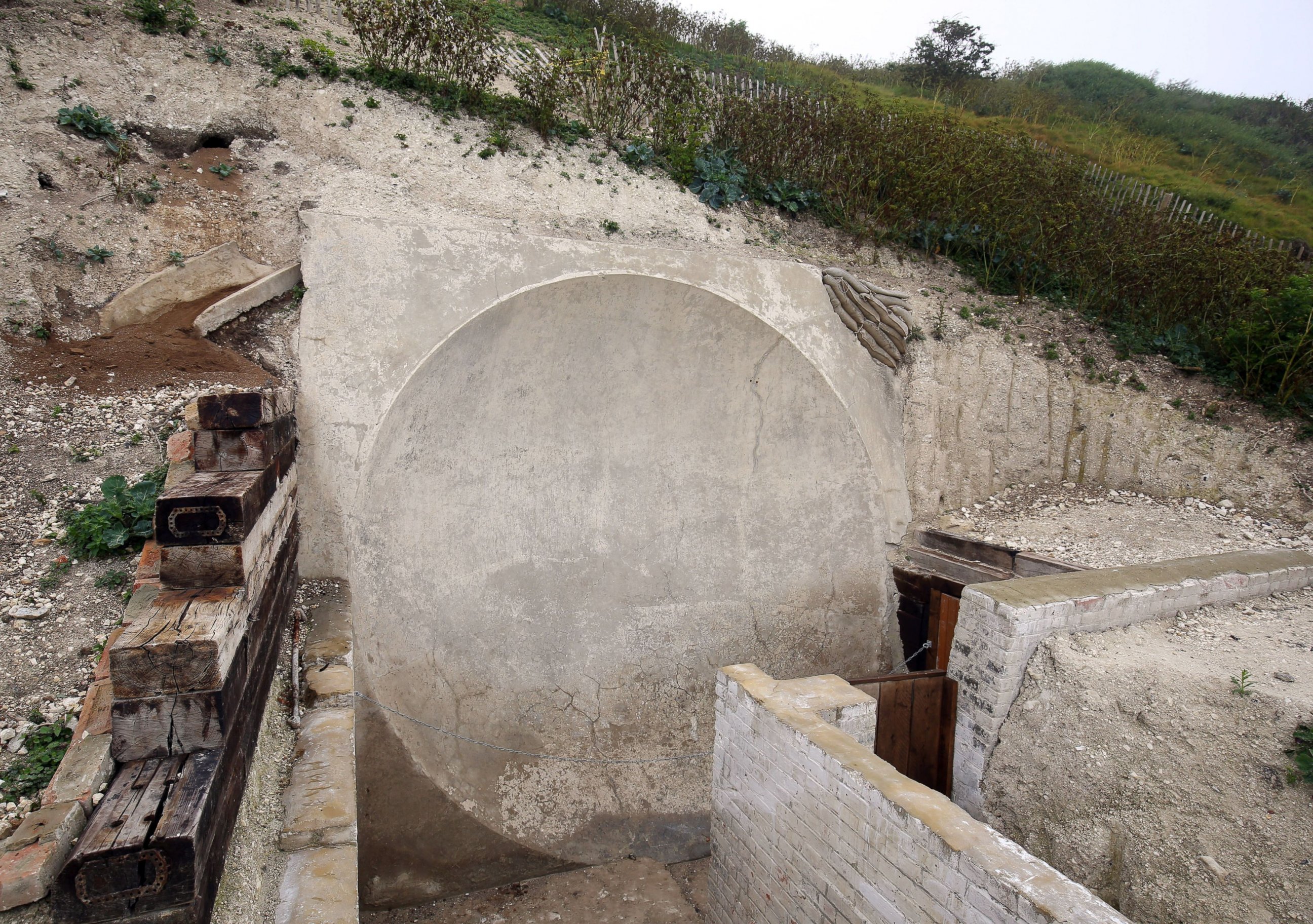
Another notable discovery took place nearby, when volunteers found sound mirrors which were used in WWII. Sound mirrors were early warning devices that helped soldiers detect enemy aircraft.




